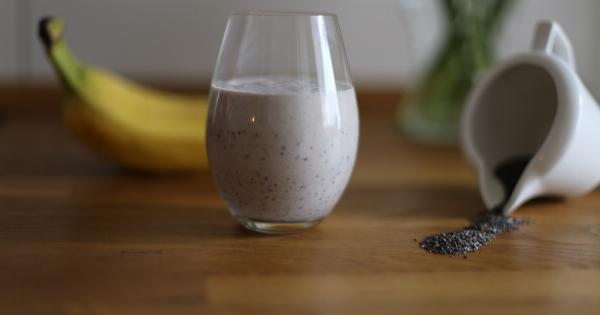The oligothermic diet, also known as the micronutrient diet, is a nutrition plan that focuses on consuming foods that are rich in micronutrients such as vitamins, minerals, and trace elements.
The diet aims to provide the body with optimal levels of vital nutrients necessary for cellular metabolism and growth.
The Principle of Oligothermic Diet
The Oligothermic Diet is based on the principle that the human body requires a broad range of micronutrients to maintain overall health and wellness.
Micronutrients work in synergy within the body, and an imbalance of any of these micronutrients can lead to health issues and chronic diseases. The oligothermic diet involves consuming foods that are high in micronutrients and low in calories to ensure that the body receives all essential nutrients while keeping calorie intake in check.
Foods to Include in Oligothermic Diet
The oligothermic diet involves consuming whole foods rather than processed foods, and it includes a mix of fruits, vegetables, nuts, seeds, and whole grains. Some of the foods that are recommended in the diet include:.
- Leafy greens such as spinach, kale, and lettuce
- Brightly colored fruits such as berries, oranges, and kiwi
- Cruciferous vegetables such as broccoli, cauliflower, and Brussels sprouts
- Nuts and seeds such as almonds, walnuts, and chia seeds
- Whole grains such as quinoa, brown rice, and oats
- Seafood such as salmon and tuna, which are rich in omega-3 fatty acids, essential for good health and wellbeing
Foods to Avoid in Oligothermic Diet
While following the oligothermic diet, it is necessary to avoid processed and high-calorie foods that contain added sugar, salt, and unhealthy fats. Some of the foods that are not recommended in the oligothermic diet are:.
- Fast food and junk food
- Sugar-sweetened beverages such as soda and sports drinks
- Processed meats such as bacon, sausages, and ham
- Baked goods such as cakes, pastries, and cookies that contain added sugar and unhealthy fats
- Fried foods such as french fries, fried chicken, and onion rings
Benefits of Oligothermic Diet
The oligothermic diet is a beneficial nutrition plan for people of all ages, lifestyles, and physical conditions. Some of the benefits of the oligothermic diet include:.
- Improved overall health and wellbeing due to the consumption of nutrient-dense whole foods
- Weight loss and maintenance due to the low-calorie content of the diet
- Reduced inflammation and oxidative stress due to the consumption of foods that are high in antioxidants and anti-inflammatory compounds
- Lower risk of chronic diseases such as heart disease, diabetes, and cancer
- Improved digestive health due to the high fiber content of the diet
Challenges of Oligothermic Diet
While the oligothermic diet has numerous benefits, it can be challenging to follow for some individuals. Some of the issues that people may face while following the diet are:.
- The diet can be restrictive, and some people may struggle to find a variety of foods that fit into the diet
- The diet may not be suitable for people with specific food allergies or intolerances
- The diet may be difficult to follow while traveling or eating out at restaurants
- Some people may experience initial weight loss, but sticking to the diet long-term can be challenging, leading to weight gain and potential frustration
Conclusion
The oligothermic diet is a beneficial nutrition plan that focuses on consuming nutrient-dense foods that are rich in vitamins, minerals, and trace elements.
The diet provides numerous health benefits, including improved overall health and wellbeing, lower risk of chronic diseases, and weight loss and maintenance. However, it can be challenging to follow for some people due to its restrictive nature and potential food allergies or intolerances.
If you are considering the oligothermic diet, consult a nutritionist or healthcare professional to ensure it is the right choice for your lifestyle and health.



























